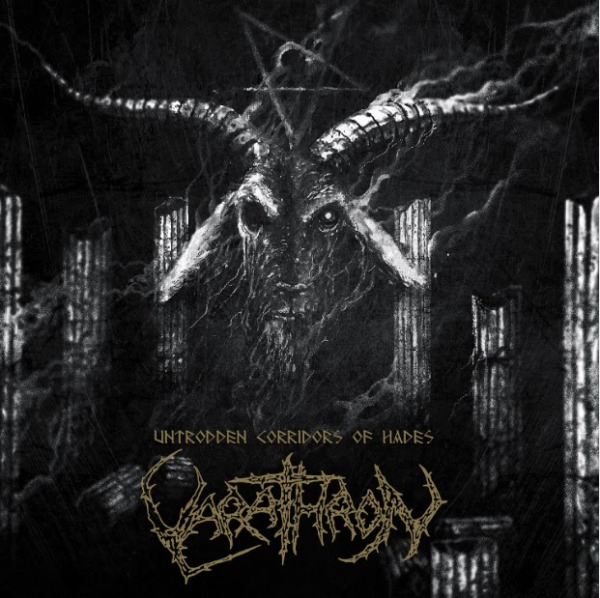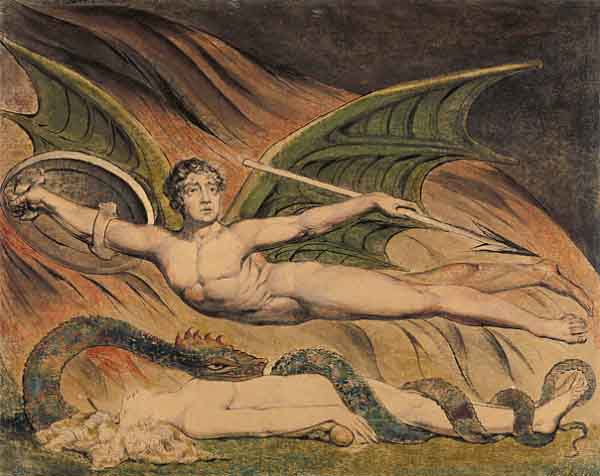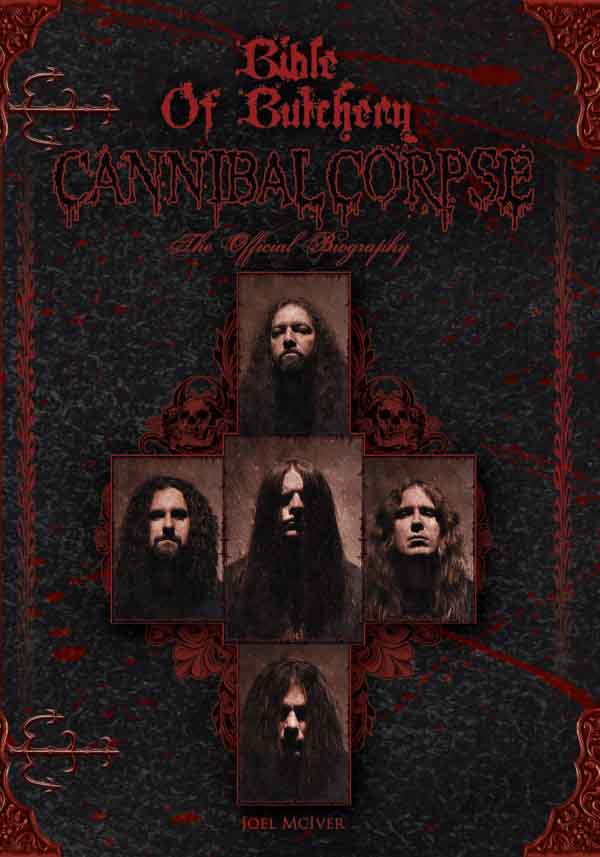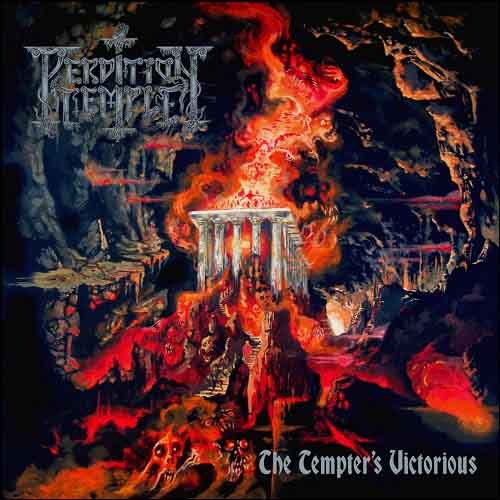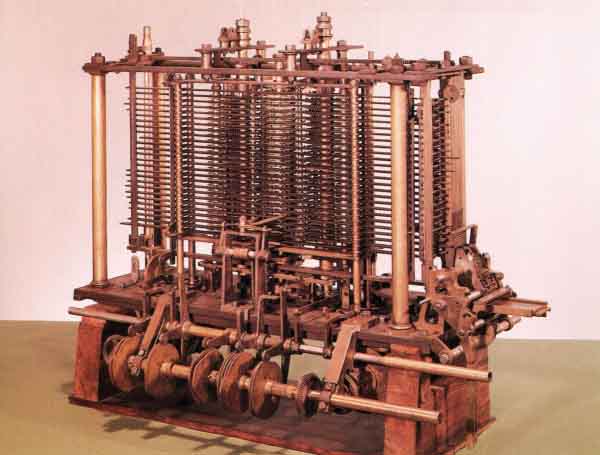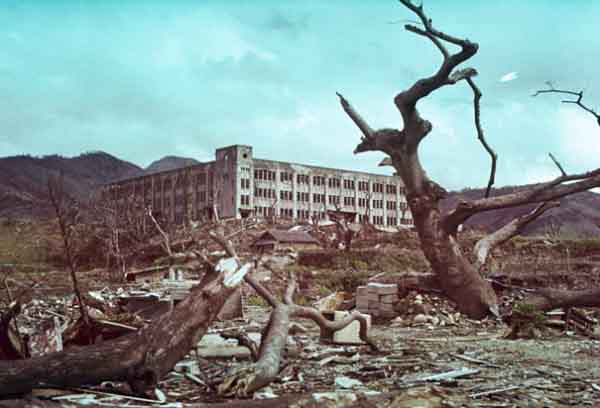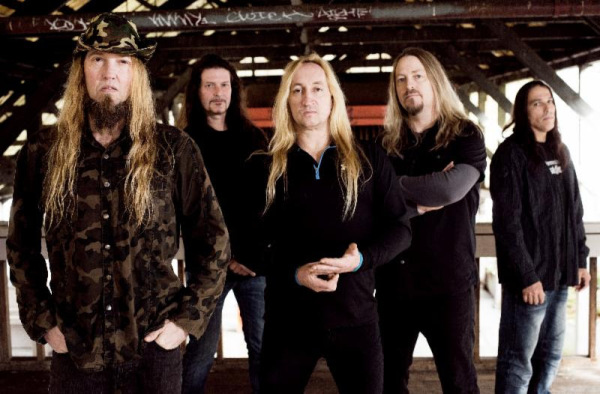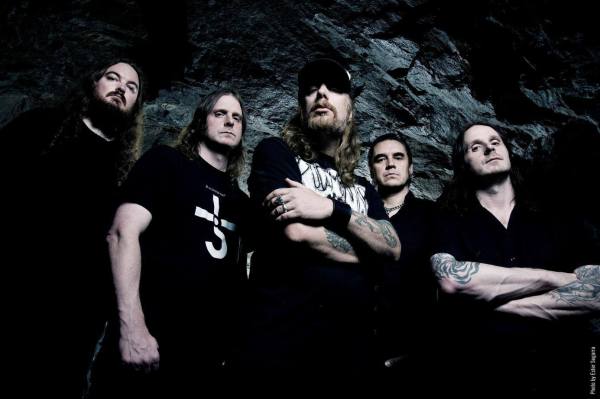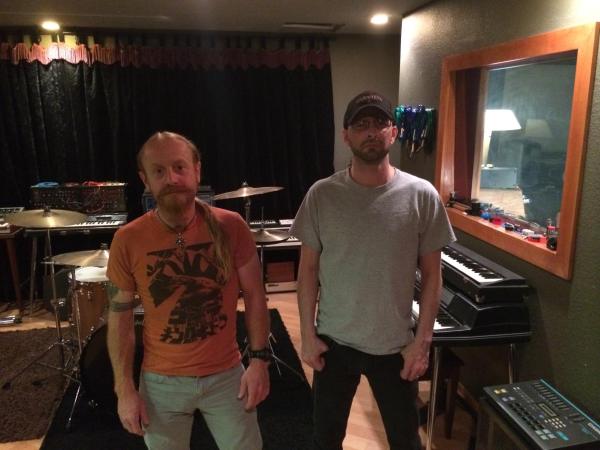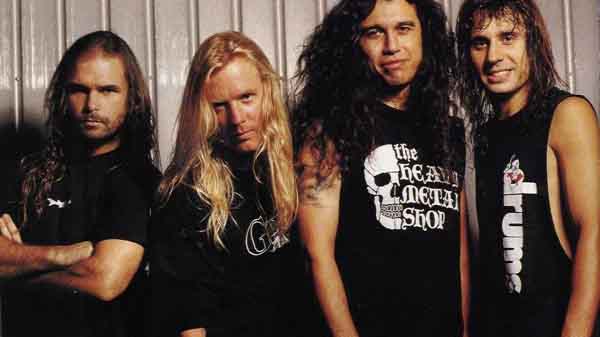
Slayer blasted their way into the underground metal scene in 1983. Metal had just shifted; the genre of Black Sabbath got taken over by the Led Zeppelin fans, resulting in glam and arena rock, and was just being taken back by a DIY movement via speed metal. Inspired by that speed metal movement, Slayer took their music in a slightly different direction.
“Heavy metal and British punk, that’s what we are.” The four young men from Southern California shaped their music by instinct, applying the techniques of punk to the most intense moments of heavy metal. Iron Maiden, Judas Priest, Motorhead, Angel Witch, GBH and Discharge. It all went into the blender and the result emerged more vicious than ever before.
Woodstock – Los Angeles, CA – March 28, 1983
The Keystone – Berkeley, CA – January 27, 1984
The Country Club – Reseda, CA – September 1, 1984
Heavy Sound Festival – Poperinge, Belgium – May 26, 1985
Dynamo Club – Eindhoven, Netherlands – May 28, 1985
The Ritz – New York City – June 12, 1986
Felt Forum – New York City – August 31, 1988
Clash of the Titans – Genk, Belgium September 22, 1990
Show No Mercy reflected more of a heavy metal bias, still hanging on to the grandeur of the 1970s. By Hell Awaits, Slayer forged their own style, inspired in part by the minimalism of the Haunting the Chapel EP. Even more, the band discovered a mythology in Satanic rebellion against a world where the term “good” meant obedient, oblivious and zombie-like in pursuit of individual pleasure at the expense of realism. They hated this world, and branded it with an inverted cross in rage at its existence. This outlook was healthier than the pleading resentment of the protest rock bands and less dead-end apathetic than what punk became. Metal had a new voice.
With the next album, Reign in Blood, Slayer pulled out all stops and most melody to create the ultimate hardcore album. The metal elements infused riff structure and song structure but its energy was pure hardcore punk, the raging album that The Exploited and Black Flag always had wanted to birth. In the 1980s, endorsing Satan and singing about the dark underbelly lurking beneath our happy commercial Utopia was in itself a life sentence of exclusion. Slayer wore it with pride and as people caught on to the new music, the most extreme band in underground metal headed toward the dead center of the genre.
In response, Slayer did what few bands have the guts to do: they backtracked from their nihilistic extreme and made a melodic album, but kept the melody constrained to a sense of dark atmosphere that would not be revisited until black metal exploded four years later. South of Heaven immersed the listener in pure mood and then manipulated it to create an unnerving experience of getting in touch with emotion by leaving behind all that is human. This was the peak of Slayer and represented the end of their emotional involvement with their own music, thus afterwards they pursued ideas that others had made popular and successful, hoping to make their own form of the alien.
7 CommentsTags: concert, discharge, gbh, Hardcore Punk, iron maiden, judas priest, live, metal history, motorhead, slayer, the exploited
